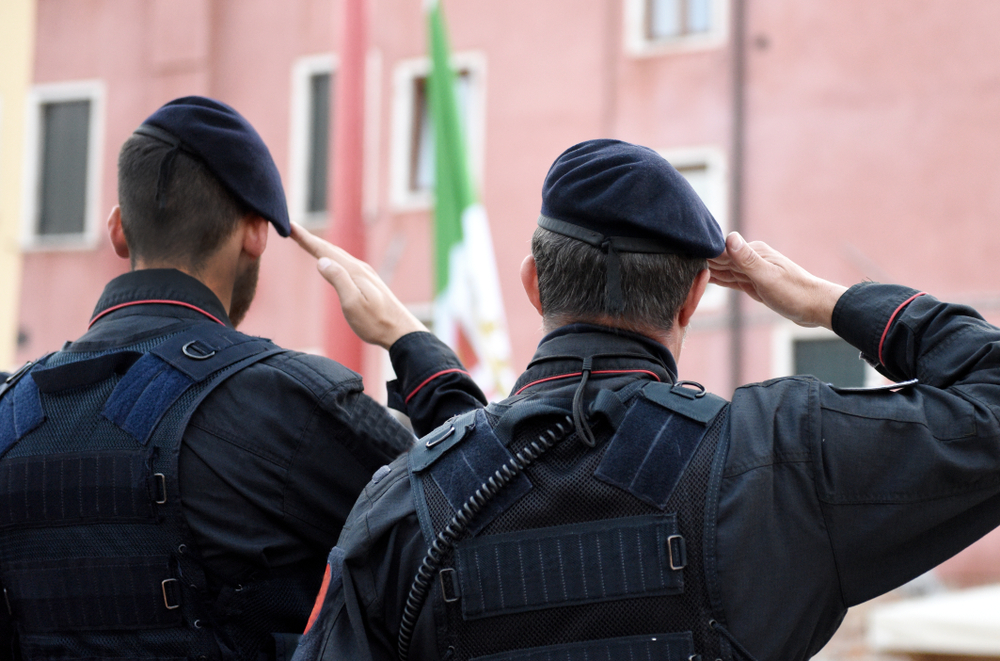Government Overview
Country
Local Long Form: Repubblica Italiana
Local Short Form: Italia
Formerly Known As: Kingdom of Italy
Etymology: Derivation is unclear, but the Latin Italia may come from the Oscan Viteliu meaning "[Land] of Young Cattle" (the bull was a symbol of southern Italic tribes).
Capital
Rome: By tradition, named after Romulus, one of the legendary founders of the city and its first king.
Geographic coordinates: 41 54 N, 12 29 E
Time Difference: UTC+1 (6 hours ahead of Washington, DC, during Standard Time)
Daylight Savings: +1hr, begins last Sunday in March; ends last Sunday in October
Independence
Date: 17 March 1861 (Kingdom of Italy proclaimed. Italy was not finally unified until 1871.)
Constitution
History: Previous 1848 (originally for the Kingdom of Sardinia and adopted by the Kingdom of Italy in 1861); latest enacted 22 December 1947, adopted 27 December 1947, entered into force 1 January 1948
Amendments: Proposed by both houses of Parliament. Passage requires two successive debates and approval by absolute majority of each house on the second vote. A referendum is only required when requested by one-fifth of the members of either house, by voter petition, or by five Regional Councils (elected legislative assemblies of the 15 first-level administrative regions and 5 autonomous regions of Italy). Referendum not required if an amendment has been approved by a two-thirds majority in each house in the second vote. Amended many times: last in 2012.
Legal System
Civil law system, judicial review of legislation under certain conditions in Constitutional Court
Citizenship
Citizen By Birth: No
Citizen By Descent: At least one parent must be a citizen of Italy.
Dual Citizenship Recognized: Yes
Residency requirement for Naturalization: Four years for EU nationals, five years for refugees and specified exceptions, 10 years for all others
Suffrage
Suffrage: 18 years of age, universal, except in senatorial elections, where minimum age is 25
Executive Branch
Chief of State: President
Head of Government: Prime minister
Cabinet: Council of Ministers proposed by the prime minister, known officially as the President of the Council of Ministers, nominated by the president
Description: The Council of Ministers (Consiglio dei Ministri) is the principle executive organ of Italy’s central government. It is composed of the prime minister and the various ministers of state (formally appointed by the president on advice of the prime minister) who lead the government ministries. The prime minister is appointed by the president, and is typically the leader of the majority party or majority coalition that controls Parliament. The prime minister and Council of Ministers must receive the confidence of both house of Parliament. In the event of a no-confidence vote, the president can either appoint a new prime minister, or dissolve Parliament and call for new elections. The president is indirectly elected by an electoral college (consisting of both houses of Parliament and 58 regional representatives) for a seven-year term, with no term limits. The president’s powers are mostly—though not entirely—ceremonial.
Legislative Branch
Description: Lawmaking power is vested in the bicameral Parliament (Parlamento), which is composed two roughly co-equal chambers: The Senate (Senato della Repubblica) and Chamber of Deputies (Camera dei Deputati). The Senate contains 321 seats, with 116 members directly elected in single-seat constituencies by simple majority vote, 193 elected from multi-seat constituencies, and six directly elected by party-list proportional representation vote from multi-seat constituencies abroad. Senators serve for six-year terms, except for six ex-officio members who are appointed by the president and serve for life. The Chamber of Deputies contains 630 seats, with 629 members directly elected in single- and multi-seat constituencies by proportional representation vote, and one member from Valle d'Aosta elected by simple majority vote. Deputies serve for five-year terms.
Judicial Branch
Description: The highest judicial bodies are the Supreme Court of Cassation (Corte Suprema di Cassazione) and the Constitutional Court (Corte Costituzionale). The Supreme Court consists of the first president (chief justice), deputy president, 54 justices presiding over six civil and seven criminal divisions, and 288 judges, with an additional 30 judges of lower courts serve as supporting judges. Cases are normally heard by five-judge panels; more complex cases are heard by nine-judge panels. Supreme Court judges appointed by the High Council of the Judiciary (headed by the president of the republic), and may serve for life. The Constitutional Court consists of the court president and 14 judges, with five appointed by the president, five elected by Parliament, and five elected by select higher courts. Constitutional Court judges serve for up to nine years. Subordinate courts include various lower civil and criminal courts (primary and secondary tribunals, and courts of appeal).
Copyright © 1993—2024 World Trade Press. All rights reserved.

 Italy
Italy 



